The integral connection between employee well-being and your employer brand
In the interconnected world of business, the correlation between employee well-being and an organisation's employer brand has become increasingly evident. As businesses strive to carve out a distinctive identity, the focus has shifted towards cultivating a brand that doesn't just appeal to the consumers, but also to the very people who power these organisations — the employees.
The rise of the employer brand
An organisation's employer brand paints a vivid picture of what it's like to work for the company. It encompasses the organisation's values, culture, and the experiences of the employees within the workplace. It is also an integral part of moving your brand up the Brand Engagement Pyramid. A strong employer brand is pivotal in attracting and retaining top talent, and can even impact customer perceptions of the company.
For instance, John Lewis & Partners, a British retailer, has built an enviable employee brand based on mutual respect and shared benefits. Their employees, referred to as 'Partners', are co-owners of the business, sharing in the profits and playing a part in the decision-making process. This unique approach to employee engagement has not only resulted in lower turnover rates but also a reputation for excellent customer service, demonstrating how a strong employee brand can significantly enhance the overall brand image.
The impact of employee well-being
Employee well-being refers to the holistic health of employees, spanning physical, mental, and emotional dimensions. It involves creating an environment that supports employees' overall health and happiness, helping them feel valued, engaged, and capable of performing their best work.
According to the Chartered Institute of Personnel and Development (CIPD) Health and Well-being at Work Survey, organisations that prioritised employee well-being saw a 31% increase in employee performance and a 27% reduction in sick days. These findings underline the significance of employee well-being in boosting productivity and enhancing business outcomes.
Connecting the dots: well-being and employer brand
A company's approach to employee well-being is increasingly seen as a reflection of its employer brand. An organisation that places a high emphasis on well-being is likely to be viewed as a caring and supportive employer, enhancing its attractiveness in a competitive marketplace.
Effective from 1 April 2023, a new Code of Practice on managing ‘psychosocial hazards’ has been implemented across Australia. The Code has been published by Safe Work Australia and the states and territories will most likely implement it in each of their jurisdictions over the coming months.
“Whatever it is, the way you tell your story online can make all the difference. As part of this, employers will have a stronger obligation to manage employees’ psychosocial safety at work.”
‘Psychosocial hazards’ refer to aspects of work design, the work itself and the interactions between employees which can impact their mental health and emotional wellbeing.
Companies are implementing a range of holistic programmes to proactively manage their employees’ well-being.
The Mirvac Group, a renowned Australian property group, incorporates a holistic approach to employee well-being, including flexible work options and mindfulness training, which has resulted in a robust employee brand marked with care and engagement.
Likewise, the National Australia Bank (NAB), one of Australia's largest financial institutions, has rolled out the 'NAB Be Well' programme to support the physical, mental, and financial well-being of its employees. This focus on holistic well-being has enhanced NAB's reputation as a caring employer and strengthened their employee brand.
Australia Post is also leading the charge, demonstrating commitment to employees' well-being through their Employee Assistance Program (EAP) and a comprehensive well-being portal. They’re bringing the important issue of mental health to the C-Suite, with the appointment of a Chief Mental Health Officer. These initiatives have built a strong employee brand marked by support and care.
The way forward
Employee well-being and employee brand are two sides of the same coin. By prioritising well-being, organisations can cultivate a strong employee brand, attract and retain the best talent, and ultimately drive business success.
The growing importance of employee well-being is reshaping the business landscape, redefining employee expectations, and reimagining what a strong employer brand looks like. In the race to build a compelling employer brand, the organisations that place their people at the heart of their strategy will be the ones that stand out from the crowd.
In an era where the line between personal and professional life is increasingly blurred, a company’s commitment to employee well-being can greatly enhance its brand.
“The aligment of HR and Brand becomes an important factor in the execution and stewardship of such programmes - something we at Dovetail recognise and deliver in our seamless HR and brand strategy services.”
Dovetail Brand Engagement uniquely brings Human Resources, Marketing services and Events management together in order to drive full brand engagement across consumers and employees. More >

